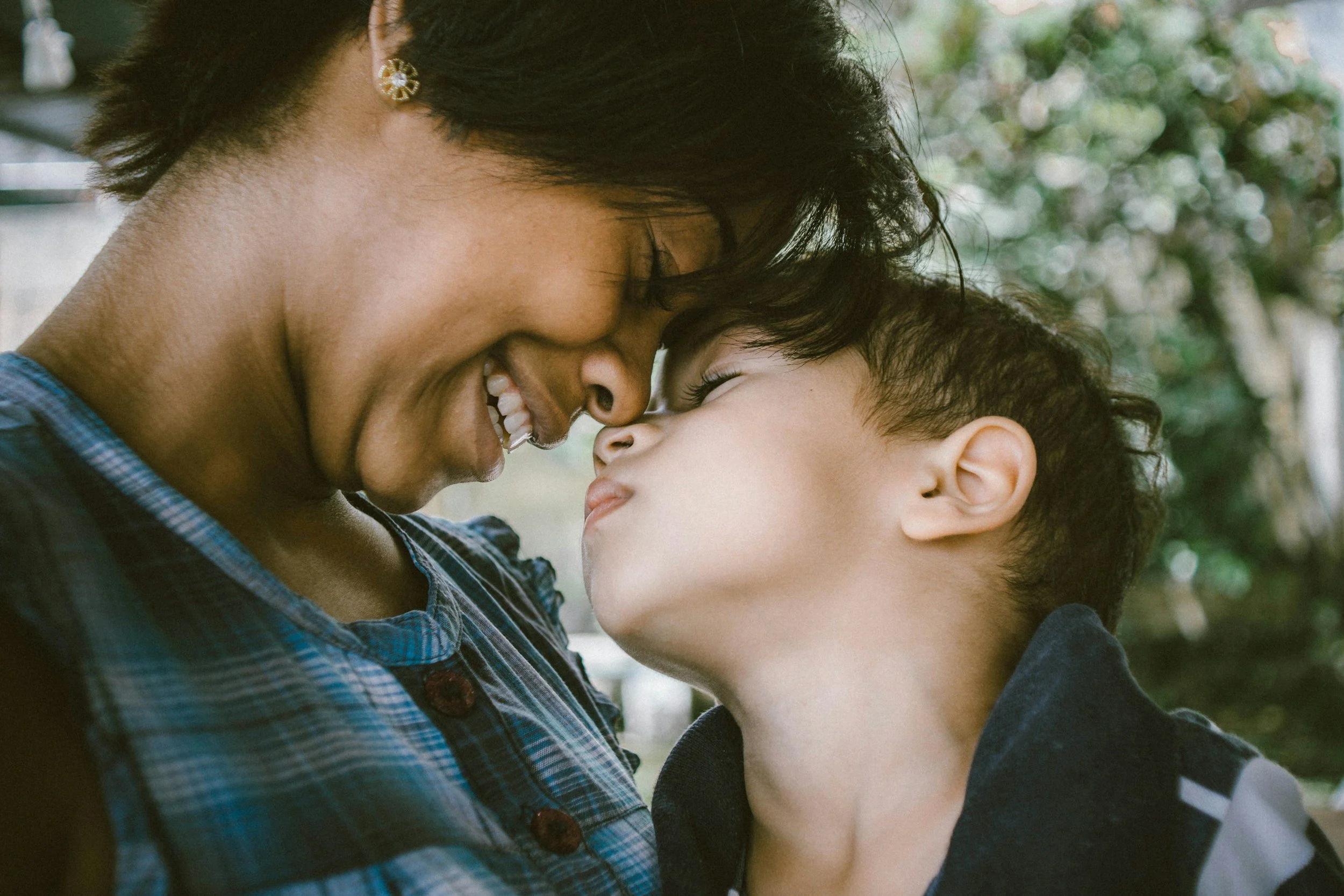Attachment theory, developed by psychologist John Bowlby in the 1960s, offers a framework for understanding how our early relationships with caregivers shape our emotional and relational lives. This theory is crucial for recognizing our attachment styles and improving our relationships. Here’s an overview of the four primary attachment styles and how they influence our interactions with others.
1. Secure Attachment
Characteristics:
Individuals with a secure attachment style generally feel comfortable with intimacy and are able to establish healthy, trusting relationships.
They have a positive view of themselves and others, allowing them to communicate effectively and manage conflicts constructively.
Impact on Relationships:
Securely attached individuals are often able to provide support to their partners and seek help when needed. Their ability to express their emotions fosters healthy connections.
2. Anxious Attachment
Characteristics:
People with an anxious attachment style often worry about their partner’s commitment and can become overly preoccupied with the relationship.
They may display clingy behavior and seek constant reassurance due to fears of abandonment.
Impact on Relationships:
Anxiously attached individuals may struggle with jealousy and insecurity, which can lead to conflict and misunderstandings in their relationships. Their need for validation can place a strain on both partners.
3. Avoidant Attachment
Characteristics:
Those with an avoidant attachment style tend to value independence and may feel uncomfortable with emotional intimacy. They often suppress their feelings and avoid close relationships.
They might appear self-sufficient but may struggle to connect deeply with others.
Impact on Relationships:
Avoidantly attached individuals can come across as distant or disengaged, making it difficult for partners to connect emotionally. This may lead to misunderstandings and feelings of rejection from their partners.
4. Disorganized Attachment
Characteristics:
Individuals with a disorganized attachment style often exhibit a mix of behaviors associated with both anxious and avoidant styles. They may have experienced trauma or inconsistent caregiving in childhood.
This unpredictability in attachment behavior can lead to confusion in relationships.
Impact on Relationships:
Disorganized attachment can create chaotic relationship dynamics, as individuals may oscillate between seeking closeness and pushing partners away. This style often requires professional support to develop healthier relational patterns.
Discover Your Attachment Style
Understanding your attachment style is essential for improving your relationships and personal well-being. To gain insight into your attachment behavior, consider taking an attachment quiz. This self-assessment can help you identify your style and provide valuable guidance on how to navigate your relationships.
Take the Attachment Style Quiz Here!
Conclusion
Attachment theory offers profound insights into the ways we connect with others. By understanding your attachment style and how it influences your relationships, you can take steps toward healthier interactions, enhanced emotional intelligence, and deeper connections. Whether you're seeking to improve a romantic relationship, strengthen family ties, or foster friendships, recognizing your attachment patterns is the first step toward positive change.
